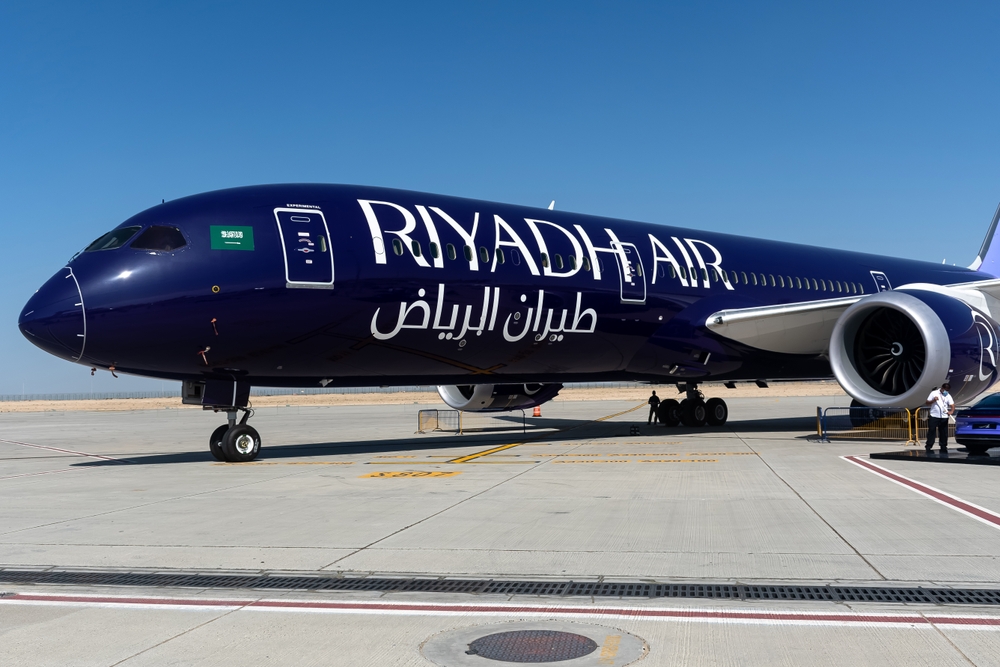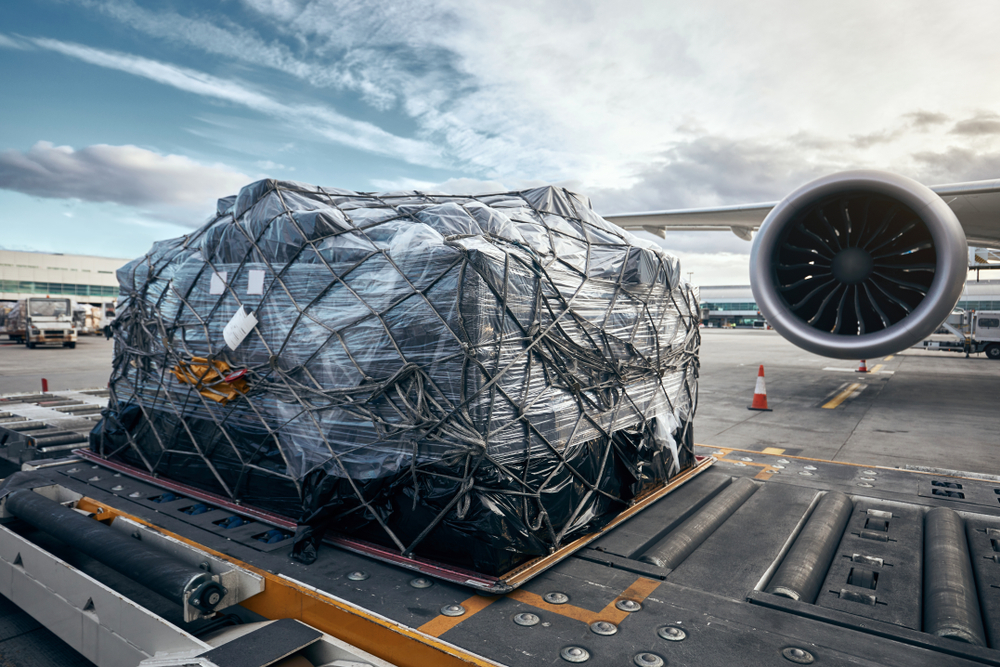RIYADH: Saudi master developer Emaar The Economic City’s SR8.7 billion ($2.32 billion) capital optimization plan is a “strategic response” to its current financial challenges, according to its CEO.
Speaking to Arab News, Abdulaziz Al-Nowaiser emphasized that the initiative is designed to address severe financial issues, including a significant revenue drop and a substantial increase in net loss.
The plan will provide the company, 25 percent owned by PIF, with greater flexibility to invest in key projects and support its ongoing premium city operations.
Additionally, EEC will convert SR4 billion of debt into share capital. This move is designed to reduce leverage and interest expenses, enhancing financial stability.
EEC is the master developer of the King Abdullah Economic City, a 185-sq. km. development on the Red Sea coast, where over 100 multinational and Saudi companies have already established a home.

Abdulaziz Al-Nowaiser, chief executive of Emaar The Economic City. (Supplied)
“The capital optimization plan is holistic — it is designed to shore up our financial position while allowing us to continue to invest in key growth projects that we believe will support our return to sustainable shareholder value creation,” said Al-Nowaiser, who took charge of the company in May.
“Quarterly financial performance will be driven by our efforts to secure new contracts and attract businesses and project partners to KAEC, and this is what management is focused on,” he told Arab News.
Al-Nowaiser said that the company made very positive strides in business development during the first half of 2024 and expects to make further progress in the second half. He added that the company looks forward to updating the market in the coming months. “The capital optimization plan will achieve its full positive impact in the mid- to long-term.”
Strategic overhaul
The need for such a plan became evident after Saudi Exchange-listed EEC reported an 82 percent drop in revenue and a staggering 460 percent increase in net loss in the second quarter of 2024. This financial downturn has underscored the urgency for a strategic overhaul.
Al-Nowaiser, who holds a Master’s degree in Accounting from Case Western Reserve University in the US, emphasized that the plan is intended to support a turnaround in EEC’s financial performance through targeted initiatives.
“High/growing debt levels and elevated interest expense exacerbated some of the challenges EEC faced in the last few years resulting in growing accumulated losses,” Al-Nowaiser explained. “The need for a comprehensive capital restructuring and optimization plan became evident to ensure long-term sustainability and create a strong platform for future growth.”
Vision 2030
The plan aligns with Saudi Vision 2030, which seeks to diversify the economy and stimulate growth across various sectors. Al-Nowaiser emphasized that EEC’s strategy supports Vision 2030’s objectives by focusing on transforming KAEC into a major industrial, logistics, and tourism hub.
“The plan is meticulously linked with our long-term strategy, which is in turn closely aligned with the objectives of Vision 2030,” said Al-Nowaiser, who has around 22 years of experience in executive and advisory roles at other companies.

Above, the signing ceremony of the term sheet for EEC’s SR3.8 billion Shariah-compliant syndicated loan restructuring. (Supplied)
He mentioned that EEC is making its efforts to develop residential communities with diverse housing options and high-quality social infrastructure.
Additionally, the CEO said they are working on building a city that “we believe will become a premier tourism and entertainment destination by enhancing visitor services and hosting international events.”
Financial stability
A significant component of the plan is the SR3.8 billion debt restructuring, which involves syndication with banks. This restructuring aims to align repayment schedules with EEC’s investment and operational needs.
“This is very positive for our liquidity profile and balance sheet,” Al-Nowaiser explained, adding that the principal objective of the syndicated loan restructuring is to “re-align the repayment schedules for our bank debt facilities with our own investment plan and operational turnaround and liquidity profile.”
Regarding the conversion of SR4 billion of debt into share capital, the CEO said this represents a previous SR2.9 billion facility from the Ministry of Finance, along with a SR1.1 billion previously standing shareholder loan from PIF.
“The purpose of this debt conversion is to significantly de-leverage our balance sheet and reduce interest expense,” he said.
The plan also features a SR1 billion new shareholder facility from PIF. “The convertible shareholder loan from PIF plays an important role in bolstering our liquidity position and providing the necessary short- and medium-term funding for us to invest in critical and transformative growth projects, which are what will make our turnaround possible,” Al-Nowaiser said.
Another important aspect of the strategic financial restructuring is the planned capital decrease, aimed at stabilizing EEC’s balance sheet by eliminating accumulated losses.
“This is an important measure required for us to take in order to extinguish our accumulated losses and create a ‘clean slate’,” Al-Nowaiser stated. “It is important to note that the capital decrease will have no adverse impact on the operations of our business, but simply cleans up our balance sheet.”
Future prospects
Looking ahead, EEC is advancing several high-profile projects within KAEC. These include the King Abdullah Economic City Stadium, a 45,000-seat sports arena scheduled to open by 2032.
“As you will probably be aware, we’ve been growing our sports, entertainment, tourism and hospitality offerings extensively,” Al-Nowaiser said.
The stadium will be a multi-functional hub, including hotels, mixed-use areas, and sports clinics. It will host major events like the FIFA World Cup 2034 and contribute significantly to KAEC’s potential as a world-class sports, entertainment, and tourism destination.
“This builds on our track record for sporting venues, for example the city has been host to the Royal Greens international golf course since 2017, which has gained prominence and won multiple awards to become one of the most important golf courses, not just in the region, but rather globally,” he added.
EEC is also progressing with notable hospitality projects, including a waterfront resort in partnership with Vivienda, a luxury eco-friendly resort with Envi, and the Rixos at Emerald Shores project with FTG Development.
These projects will play a key role in enhancing KAEC’s profile and supporting its long-term growth objectives.
Strategic priorities
EEC’s strategic priorities also include real estate development and asset management. The company aims to attract and retain reputable developers and investors, execute an efficient master plan for KAEC, and improve the performance of its assets.
The developer will also be focusing on selective execution of signature projects, upgrading and monetizing current real estate inventory, and partnering with top operators to enhance asset performance.
The long-term goal for EEC is to achieve positive cash flows, invest in residential projects, and grow the asset management business to ensure sustainable performance.
The company is prioritizing the continued upgrade of KAEC’s utilities and infrastructure, creating a stable and efficient operating model for investors and residents.
With its strategic location along the Red Sea coast and proximity to King Abdullah Port, KAEC is well-positioned to attract businesses and support economic growth.
EEC’s commitment to Vision 2030 is evident in its efforts to contribute to national objectives, including economic diversification, job creation, and growth in non-oil sectors.
As the developer moves forward with its financial restructuring and strategic initiatives, the company remains dedicated to aligning its efforts with the broader goals of Vision 2030.
With a robust pipeline of projects and a clear focus on financial stability and growth, EEC is positioning itself for a successful future, contributing to the broader economic transformation of Saudi Arabia.
“By creating a strong financial footing, we are in a position to enable a ‘thriving economy’ built on diversification and growth – by developing KAEC as a major industrial and logistics hub, and leveraging our Special Economic Zone status to attract global and local businesses – thereby supporting non-oil revenue growth,” Al-Nowaiser said.































